
Robert Lea
Robert Lea is a science journalist in the U.K. who specializes in science, space, physics, astronomy, astrophysics, cosmology, quantum mechanics and technology. Rob's articles have been published in Physics World, New Scientist, Astronomy Magazine, All About Space and ZME Science. He also writes about science communication for Elsevier and the European Journal of Physics. Rob holds a bachelor of science degree in physics and astronomy from the U.K.’s Open University
Latest articles by Robert Lea
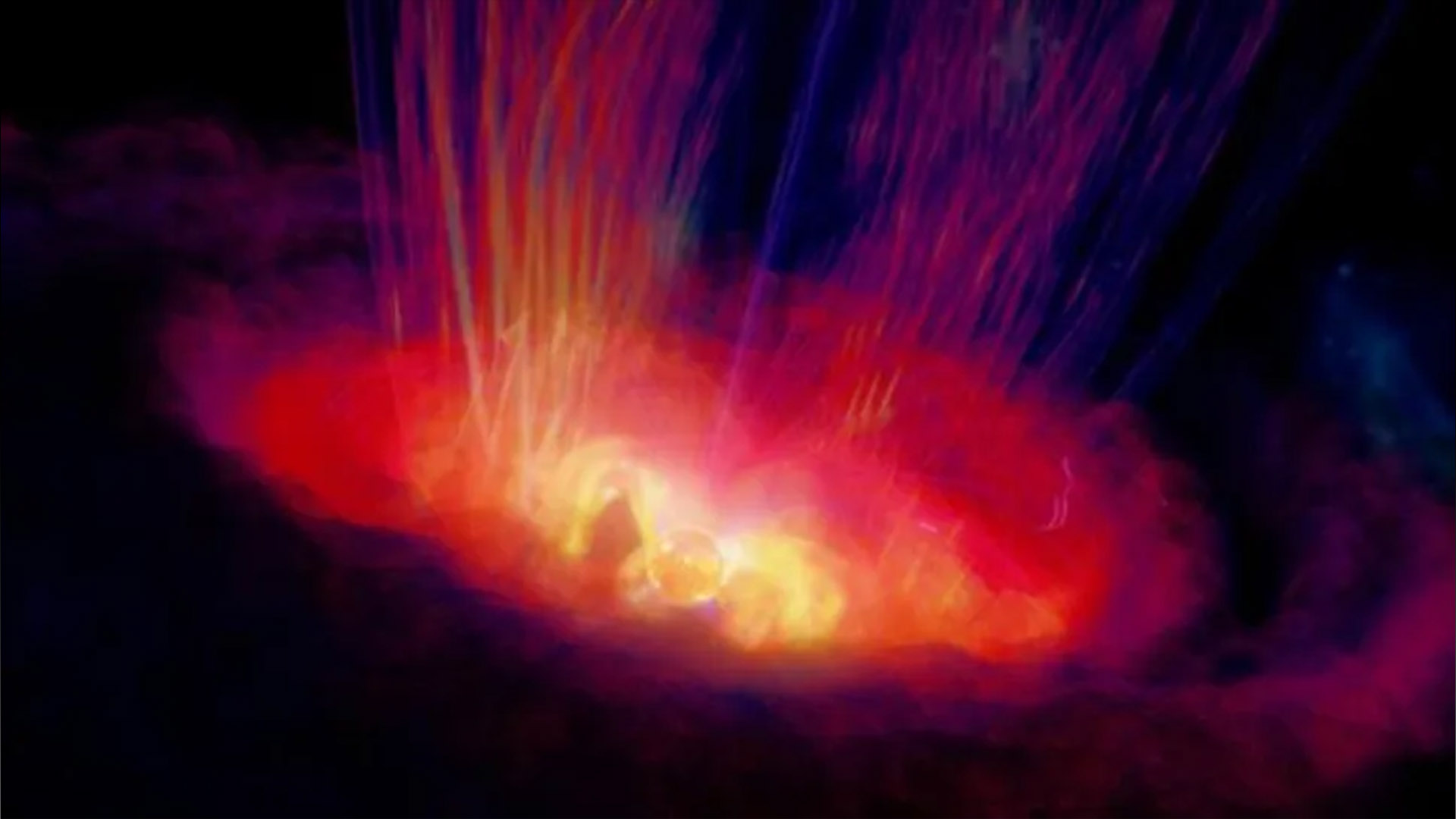
Baby sun-like star caught spewing out gamma-rays in cosmic 'tantrum' for the 1st time ever
By Robert Lea published
The discovery represents the first evidence that low-mass T.Tauri stars, which are less than 10 million years old, can emit gamma radiation.
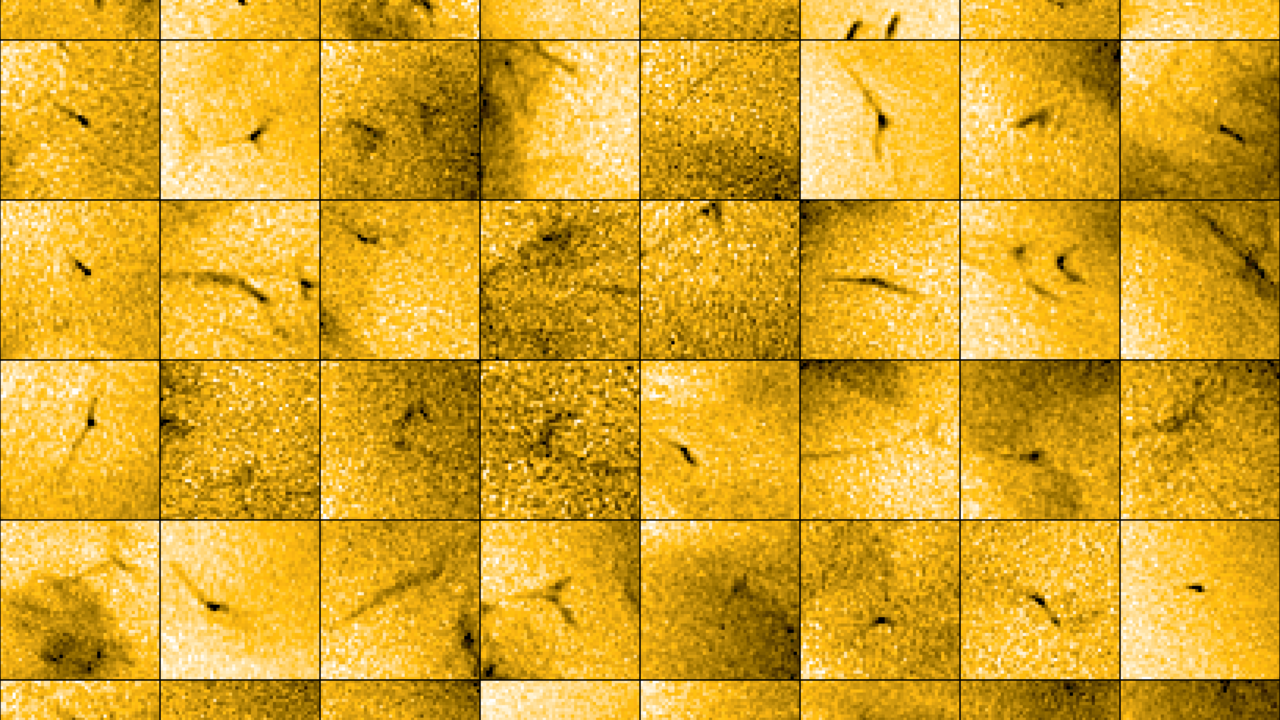
Solar Orbiter probes how the sun generates solar wind
By Robert Lea published
So-called 'picojets' spotted by ESA's Solar Orbiter could be feeding high-speed gas outflows from the sun in the form of both energy and matter.
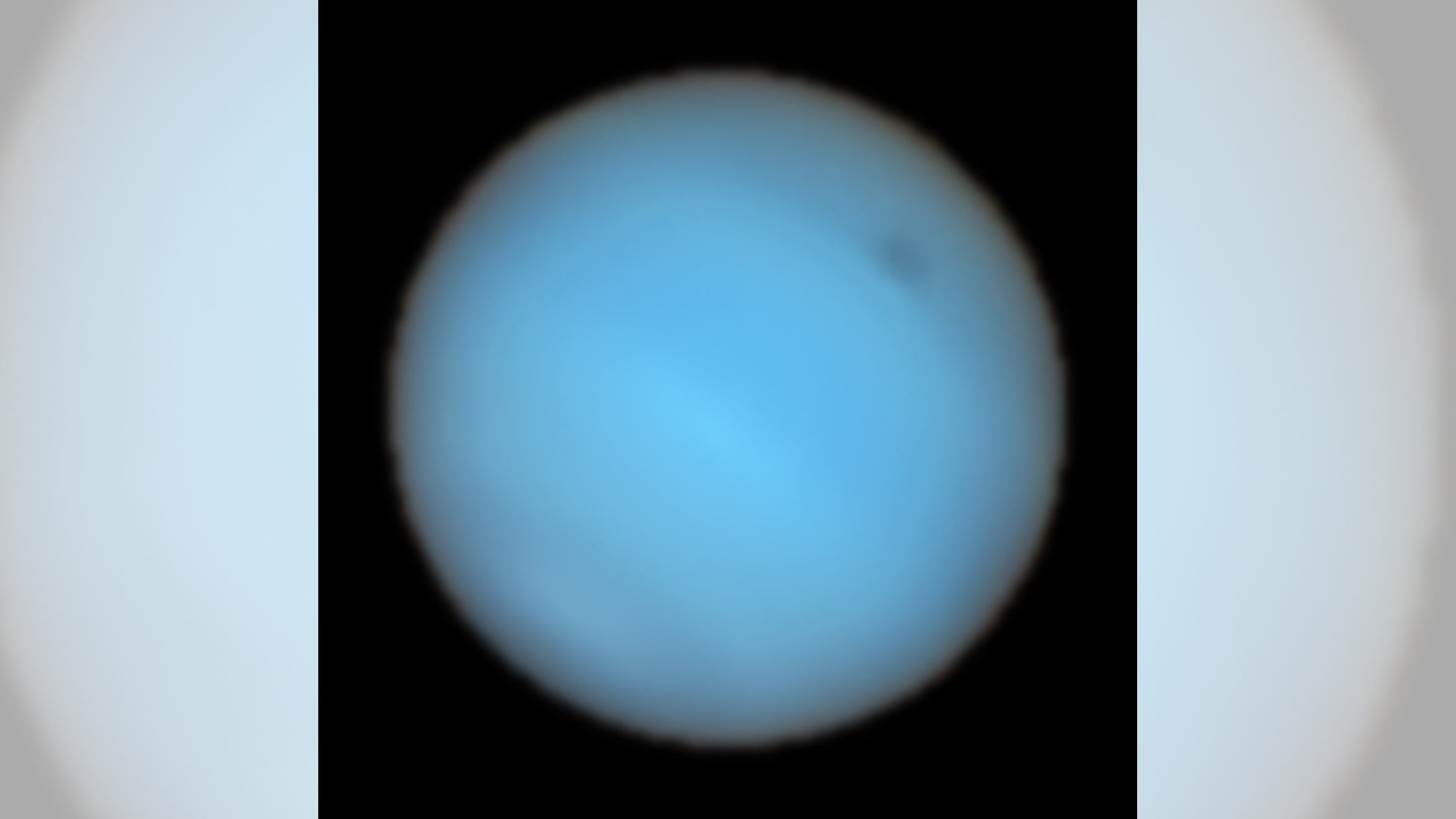
Neptune keeps growing enormous dark and bright spots, and scientists don't know why
By Robert Lea published
Scientists are still in the dark about what is causing a huge shadowy patch to appear against the blue background of Neptune’s sky.
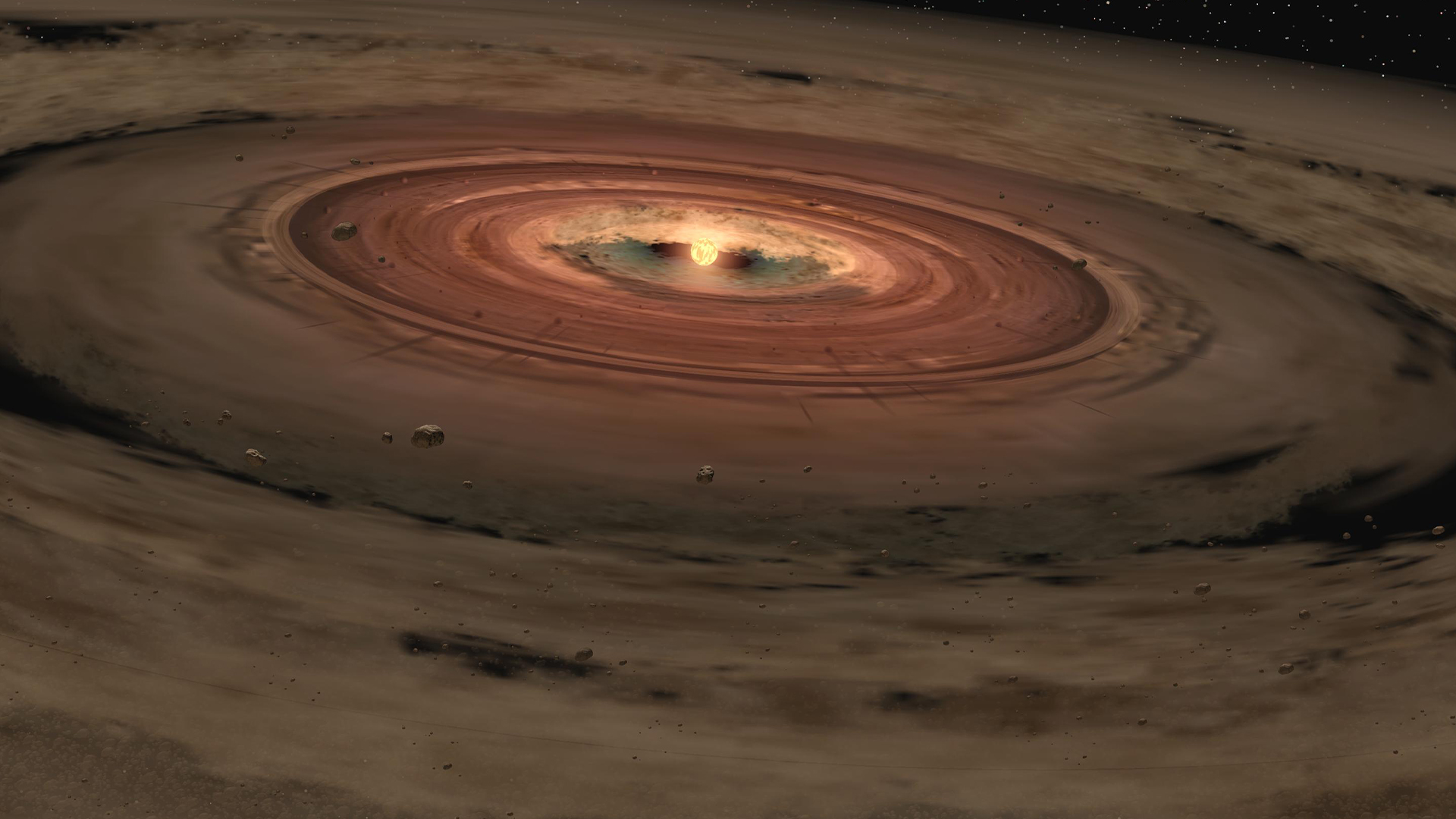
Why do some stars fail to ignite?
By Robert Lea published
Also known as "failed stars," brown dwarfs are celestial bodies that sit on the boundary between gas giant planets and tiny stars.
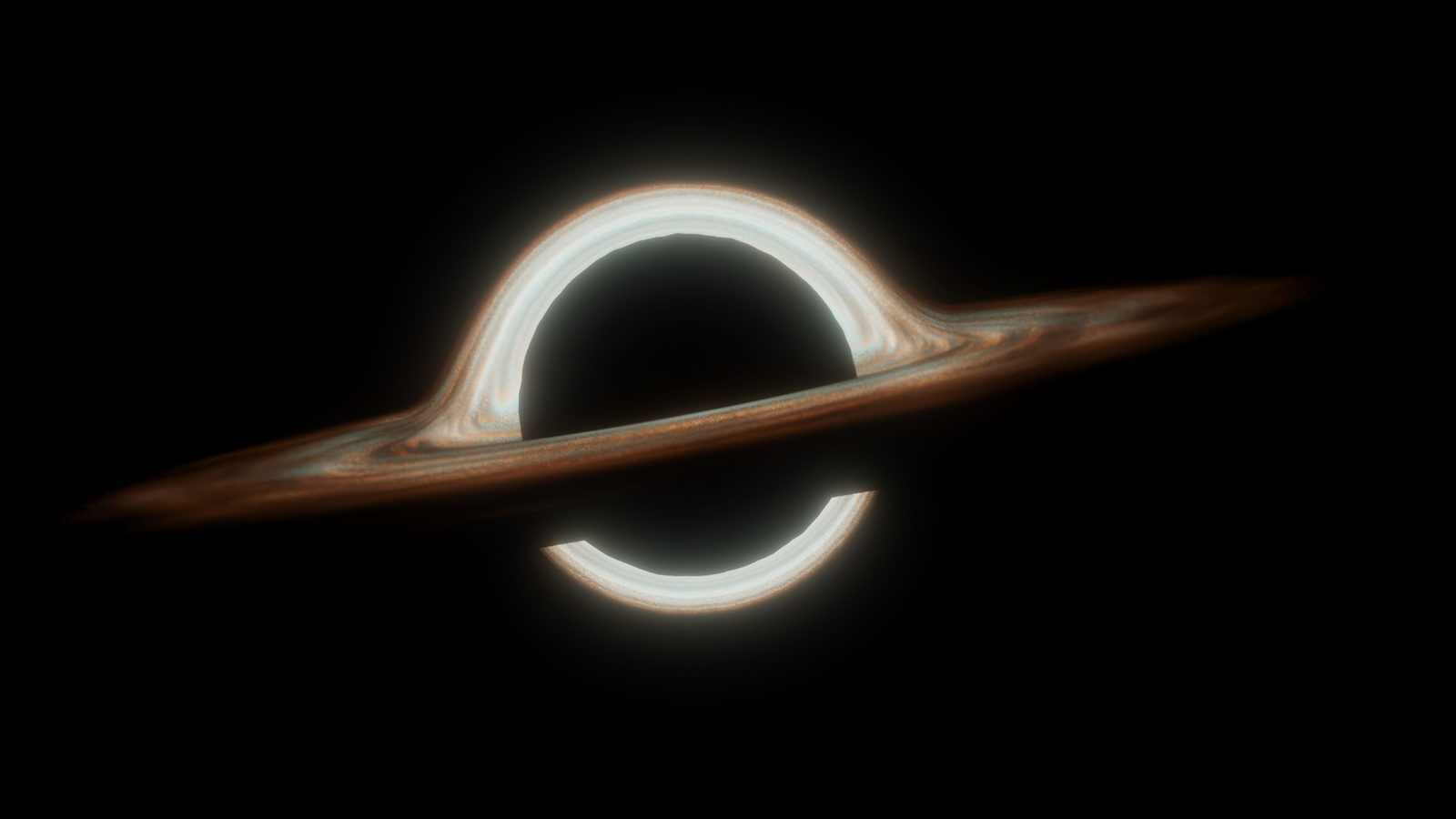
Black hole 'seeds' discovered in the early universe for 1st time ever
By Robert Lea published
The puzzle of how supermassive black holes grew so large just after the Big Bang could soon be solved.
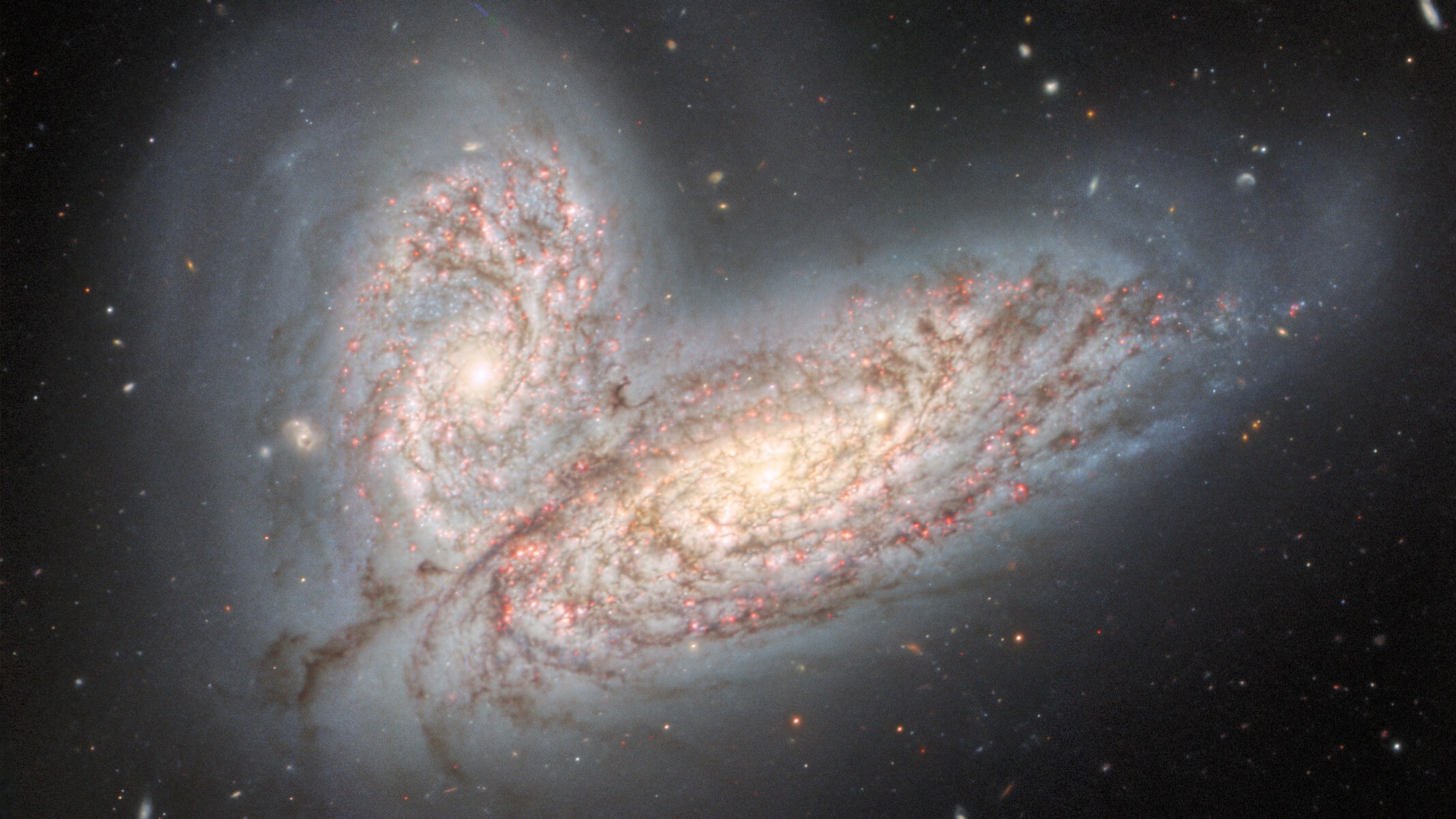
The Milky Way wasn't always a spiral —and astronomers may finally know why it 'shape-shifted'
By Robert Lea published
A century-old mystery of how galaxies change shapes has been solved by considering 'survival of the fittest' collisions between cosmic titans.
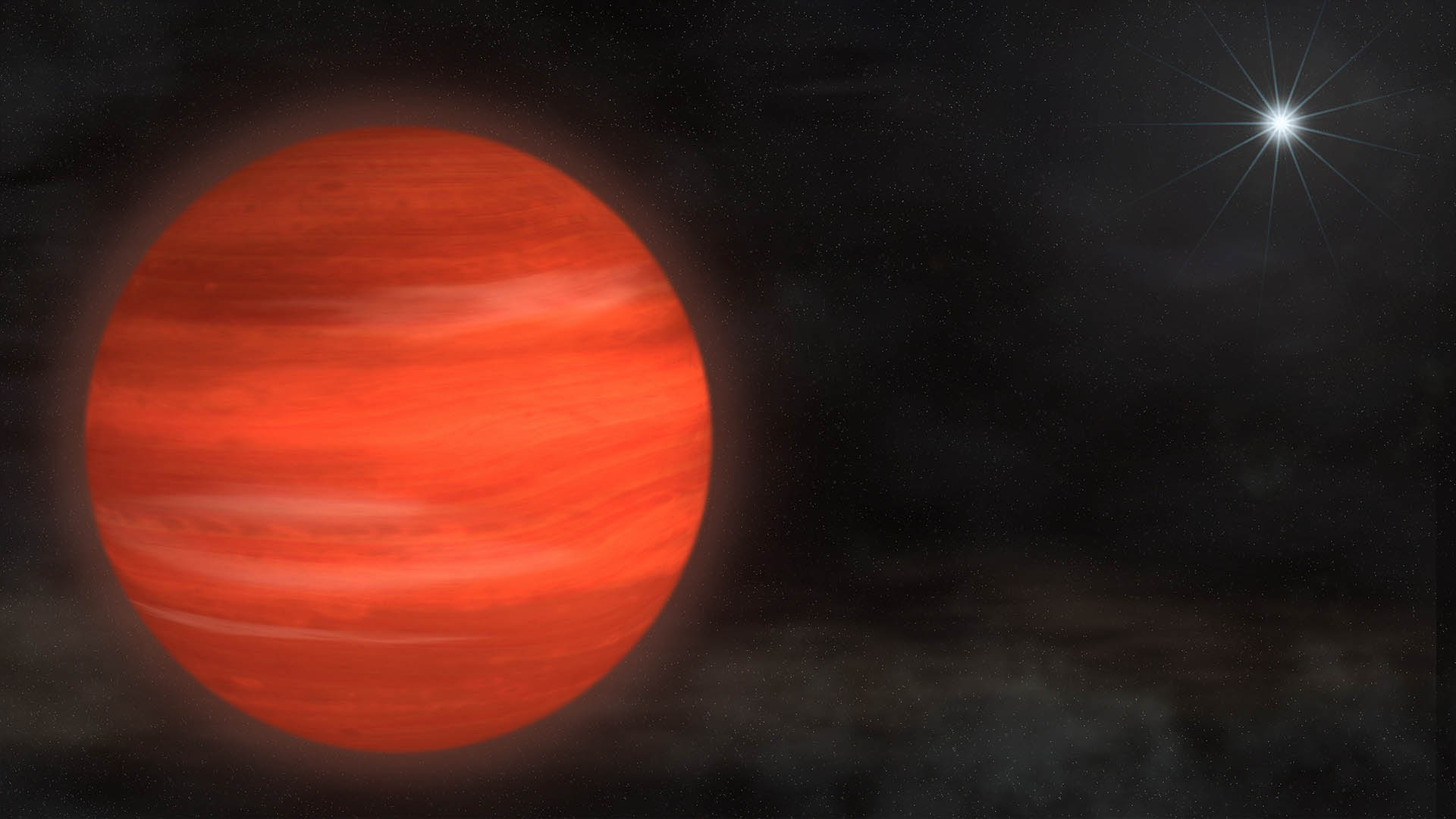
What's the largest planet in the universe?
By Robert Lea published
Astronomers have found planets that are twice as wide as Jupiter and more than 10 times as heavy, but there's a limit to how big planets can get.
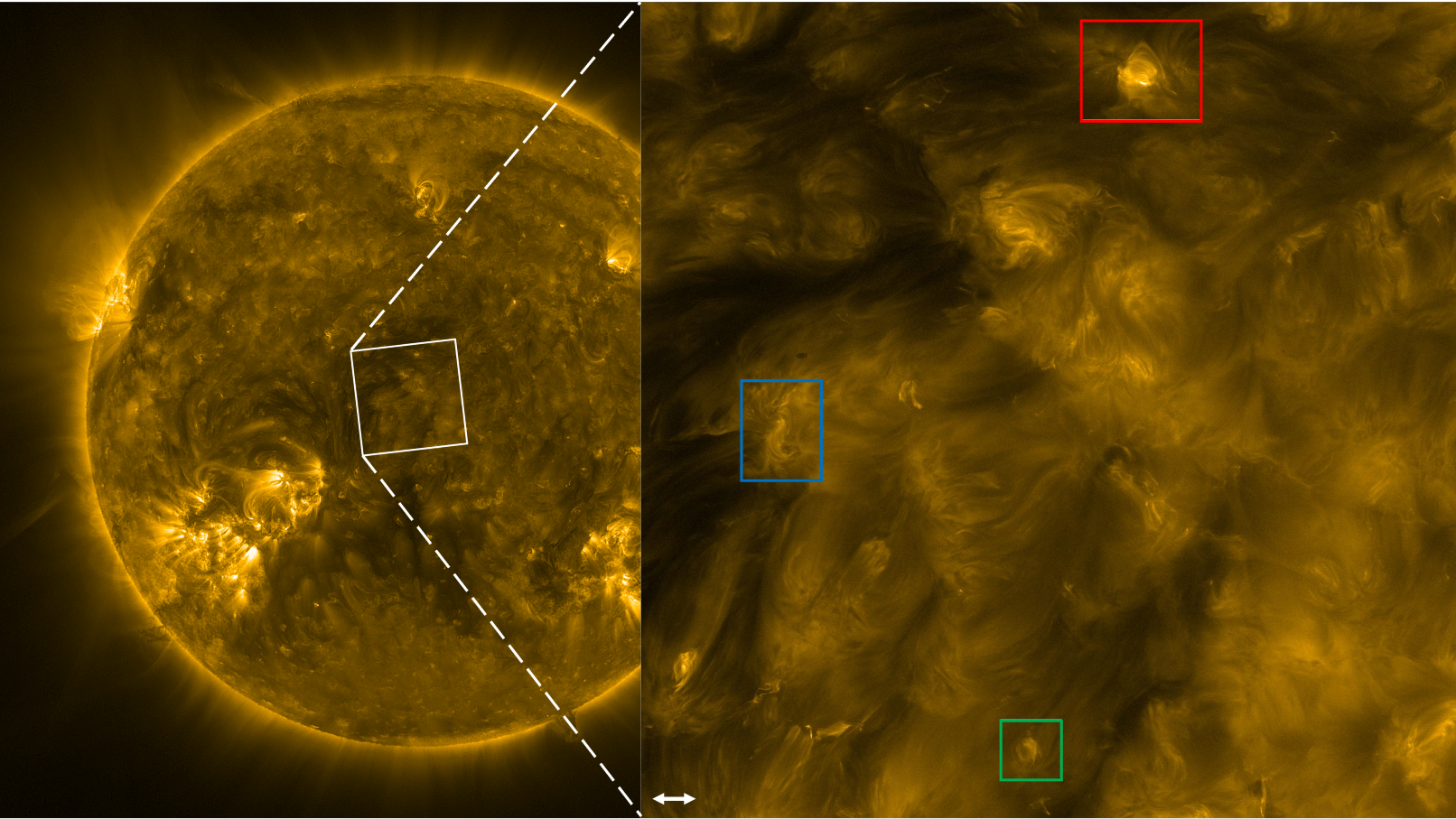
Mysterious waves of magnetism may explain why the sun's atmosphere is hotter than physicists thought possible
By Robert Lea published
The sun's corona is 200 times hotter than its surface, defying models of stellar bodies. Now, this 80-year-old puzzle may finally have a solution.
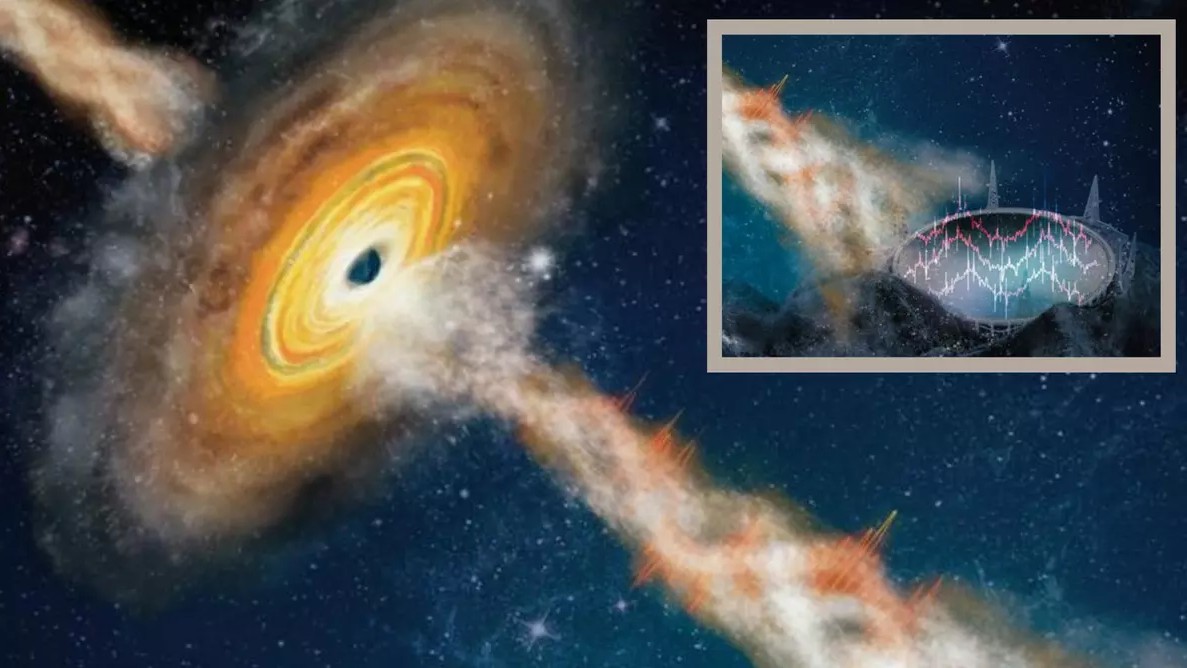
Star-size black hole is emitting radio signals that scientists can't explain
By Robert Lea published
Superfast changes to the intensity of a jet blasting out from a small black hole have been detected for the first time.

James Webb telescope captures 'a preview of the sun's distant future' in stunning new Ring Nebula image
By Robert Lea published
Astronomers reveal 'the final chapters of a star's life' in a stunning James Webb Space Telescope's image of the exploding Ring Nebula.
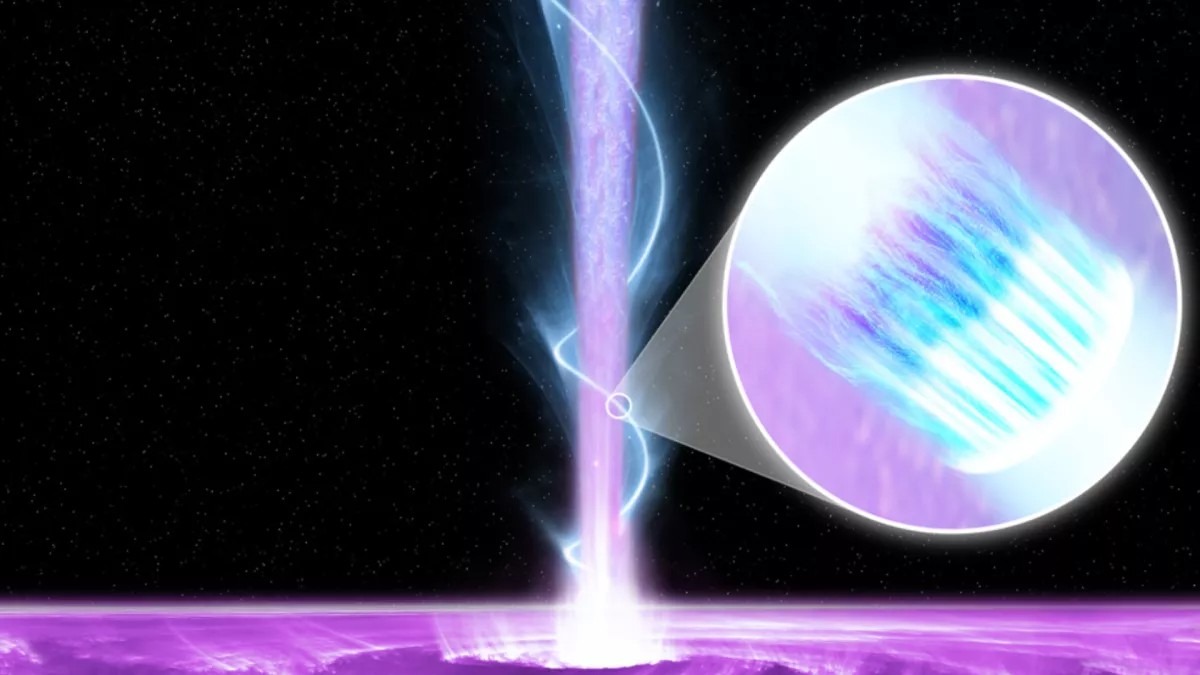
Supermassive black hole found spitting a giant, high-energy jet toward Earth
By Robert Lea published
NASA has identified a supermassive black hole blasting its energetic jets straight toward Earth. Don't worry, though, this blazar is located 400 million light-years away.
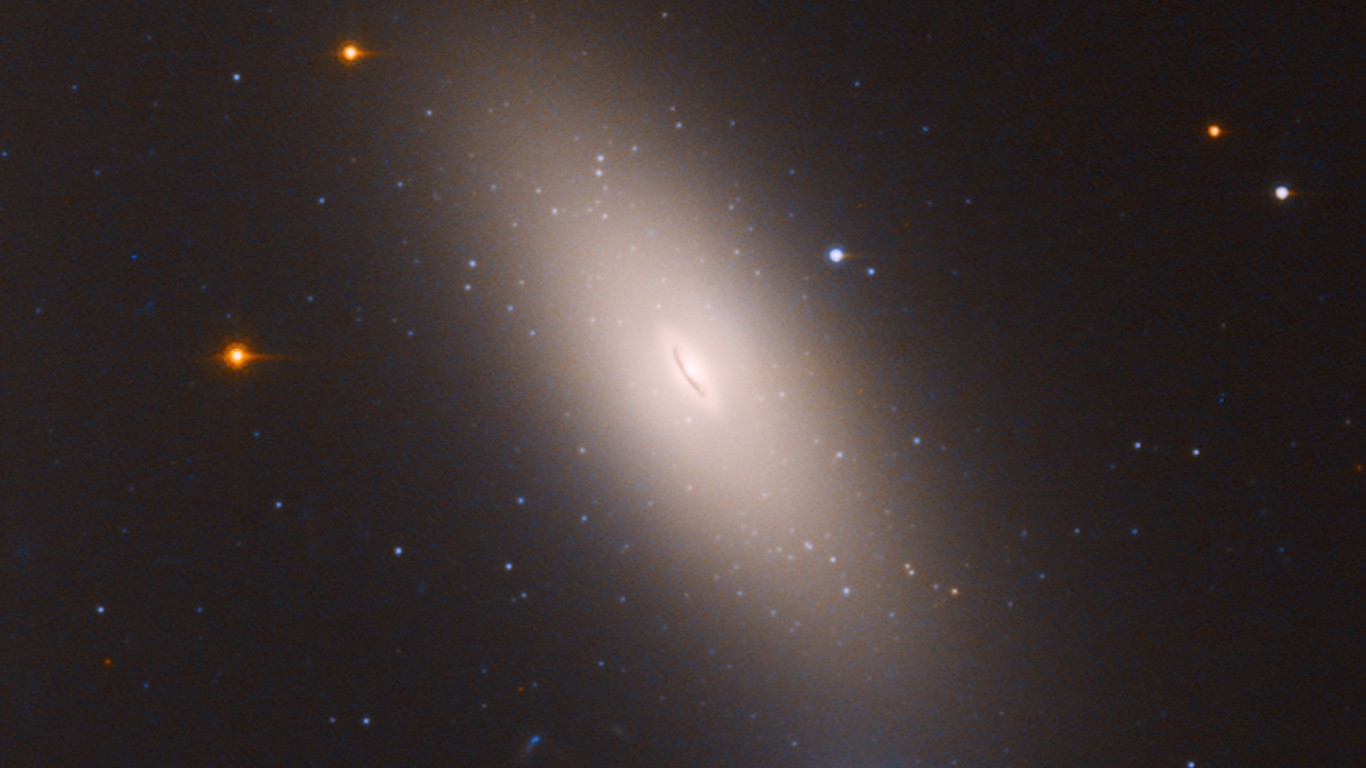
Bizarre 'relic galaxy' is missing a key component of the universe, and scientists are stumped
By Robert Lea published
A massive galaxy far from Earth seems to be entirely devoid of dark matter, contrary to all accepted cosmological models.
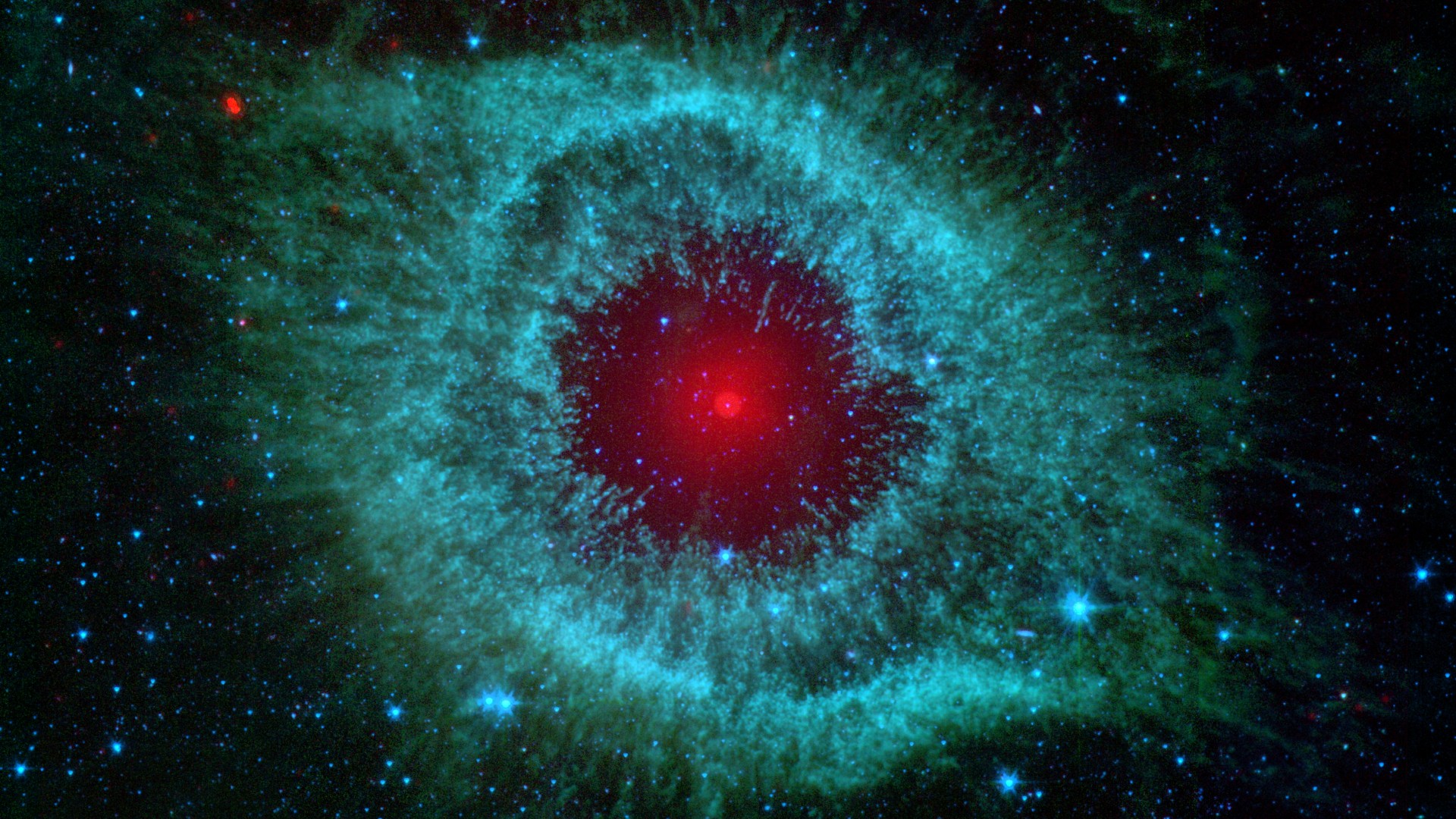
Hundreds of 'ghost stars' haunt the Milky Way's center. Scientists may finally know why.
By Robert Lea published
Ghostly nebulas created by exploding stars appear to align in the Milky Way's bulging center. Astronomers may finally know why.
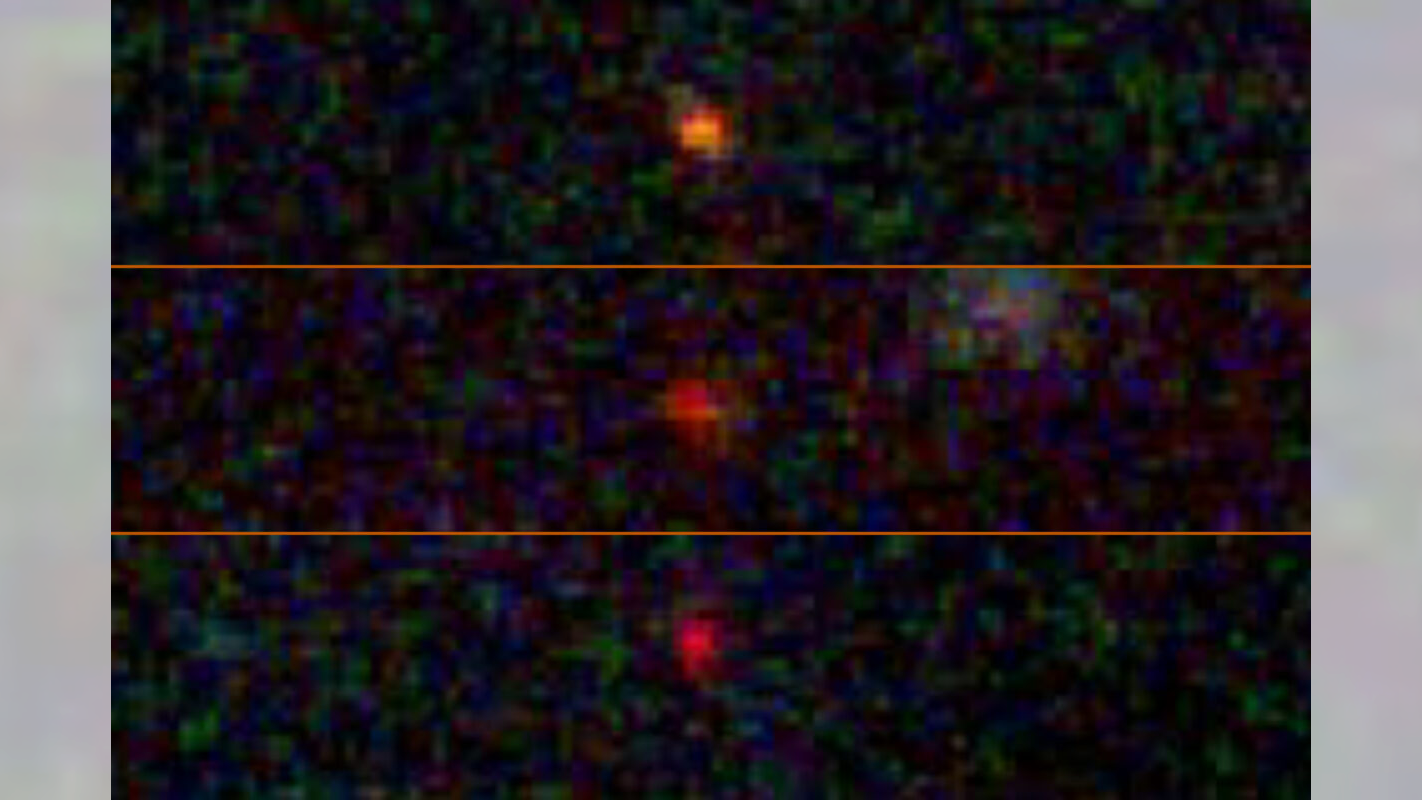
James Webb telescope reveals 3 possible 'dark stars' — galaxy-sized objects powered by invisible dark matter
By Robert Lea published
Three early galaxies discovered by the James Webb Space Telescope could actually be titanic stars powered by a dark matter heart.
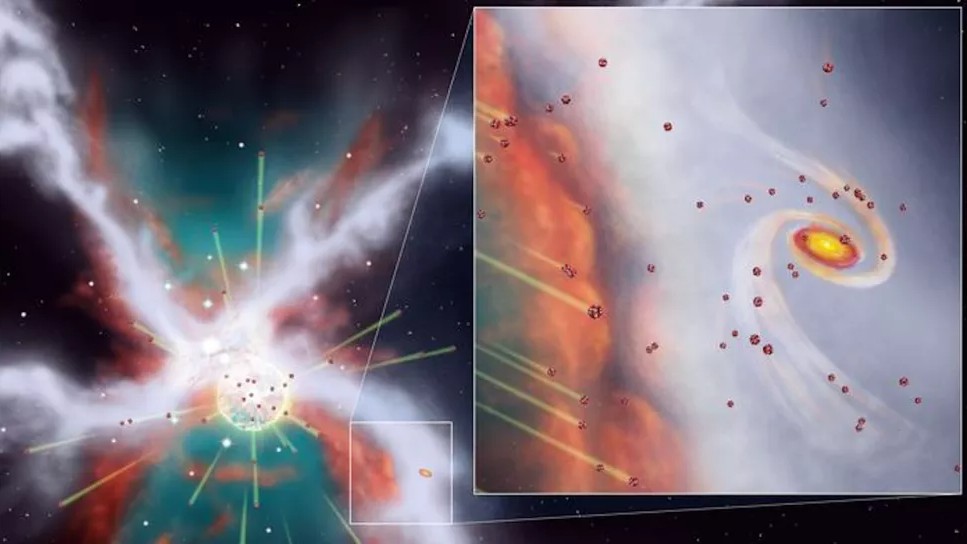
A nearby supernova nearly blew our solar system to bits 4 billion years ago, new research suggests
By Robert Lea published
A supernova that erupted when a massive star died could have destroyed our infant solar system — if it weren't protected by a cocoon of molecular gas.
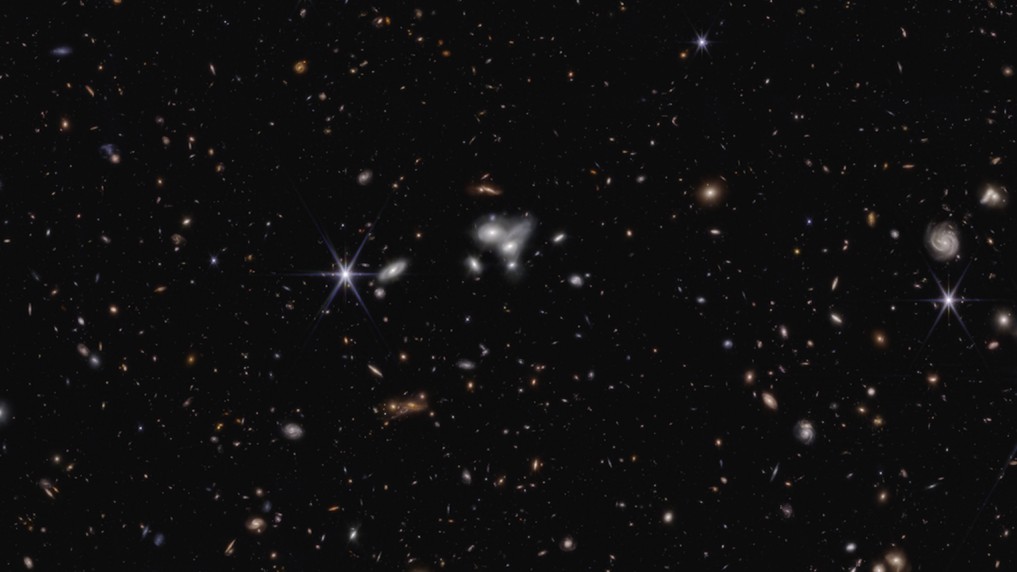
James Webb telescope discovers the oldest active black hole in the known universe
By Robert Lea published
Astronomers using the James Webb Space Telescope have discovered a feeding supermassive black hole from when the universe was less than 600 million years old.
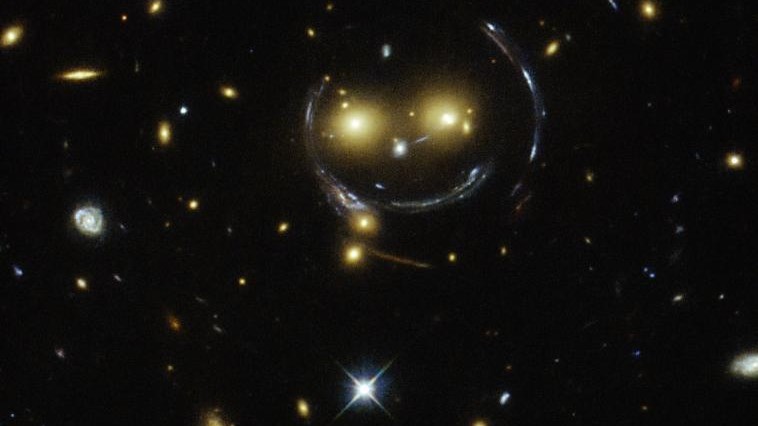
Distortions in space-time could put Einstein's theory of relativity to the ultimate test
By Robert Lea published
Observing time distortions could show whether Einstein's theory of general relativity accounts for the mysteries of dark matter and dark energy.
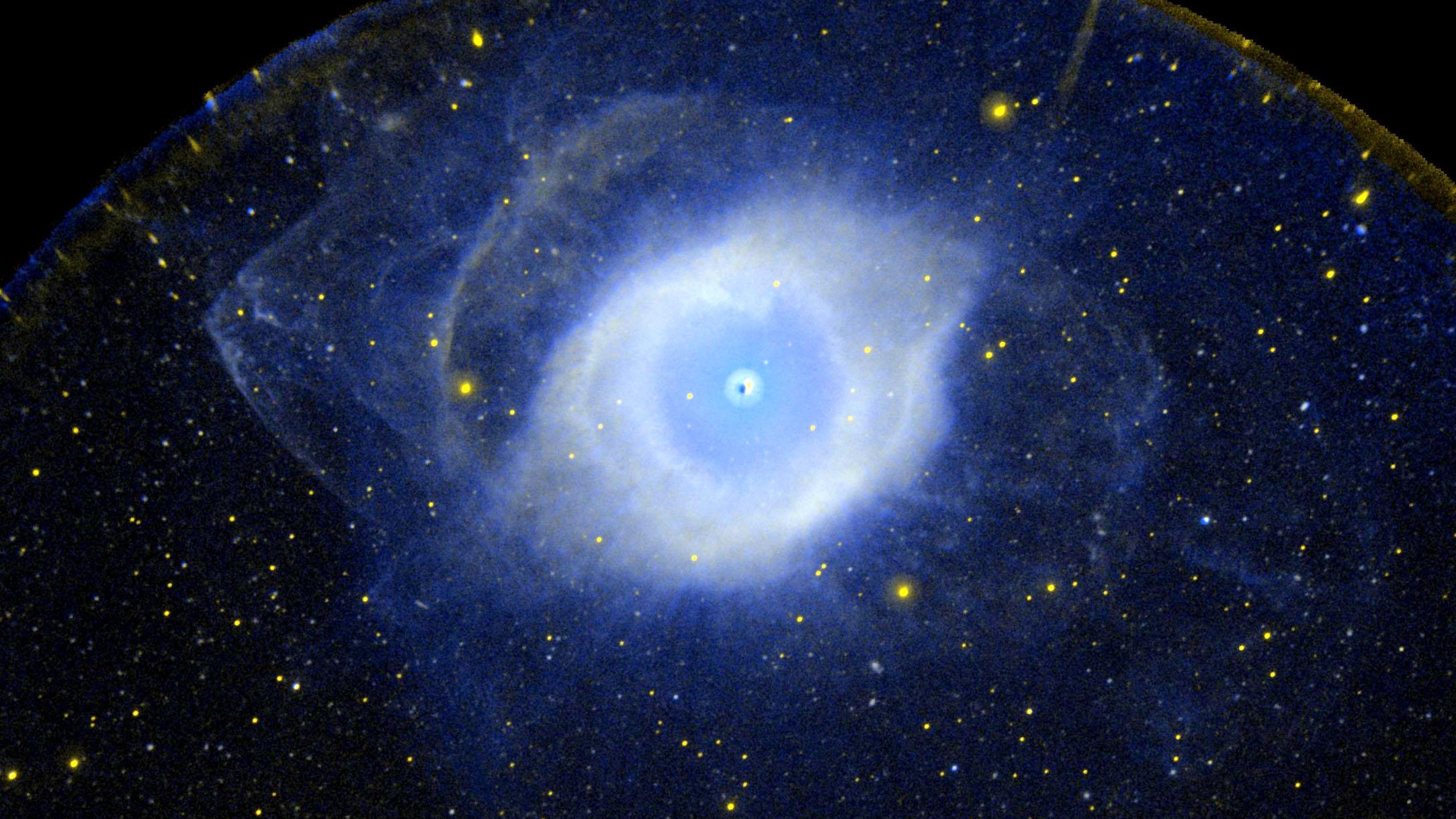
The expansion of the universe could be a mirage, new theoretical study suggests
By Robert Lea published
New research looking at the cosmological constant problem suggests the expansion of the universe could be an illusion.
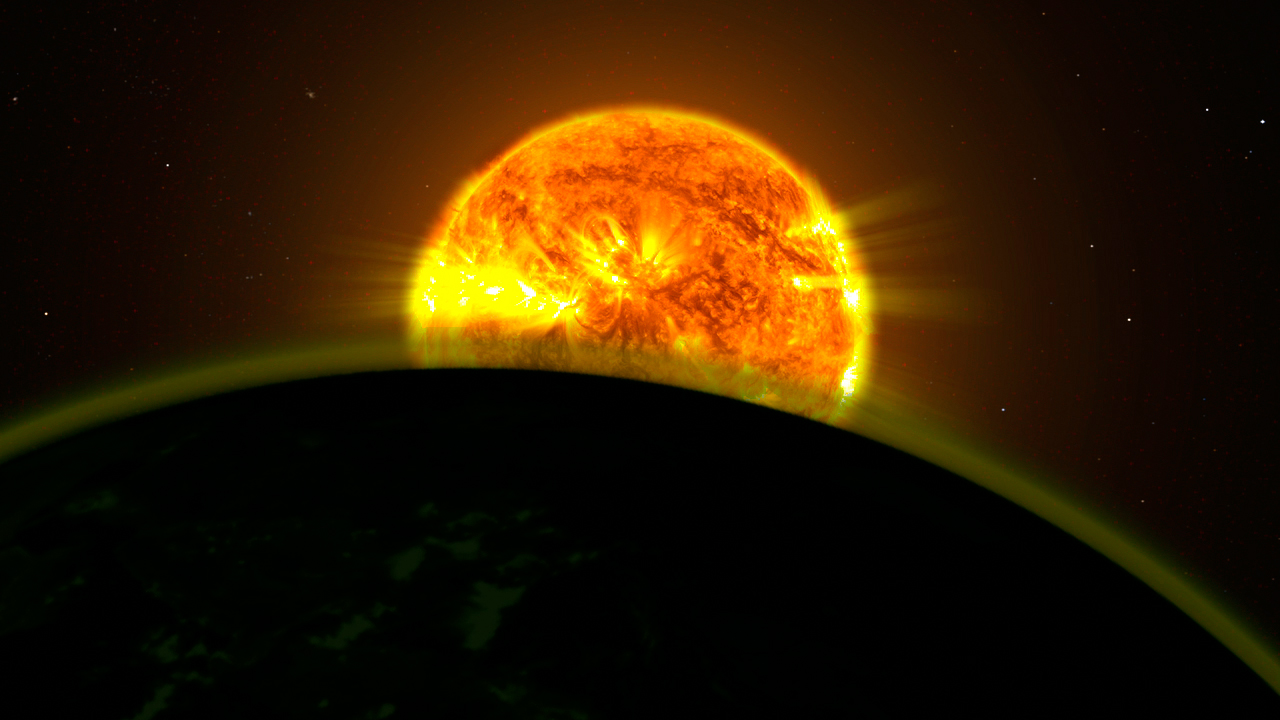
'Hot Jupiter' planet killed and ate its Mercury-sized neighbor
By Robert Lea published
A new analysis of the Jupiter-sized exoplanet WASP-76 b reveals that the world is carrying the remains of its long-lost neighbor in its atmosphere.
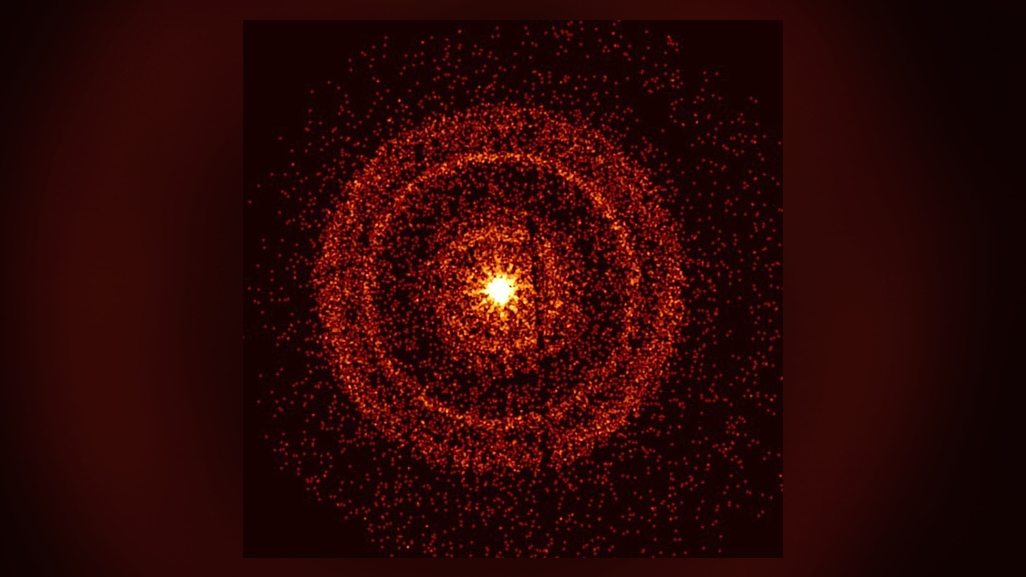
Largest explosion since the Big Bang was powered by a bizarre energy jet unlike any other
By Robert Lea published
The enormous gamma-ray burst, called the Brightest Of All Time (or BOAT), may be powered by its strange jet structure, scientists say.
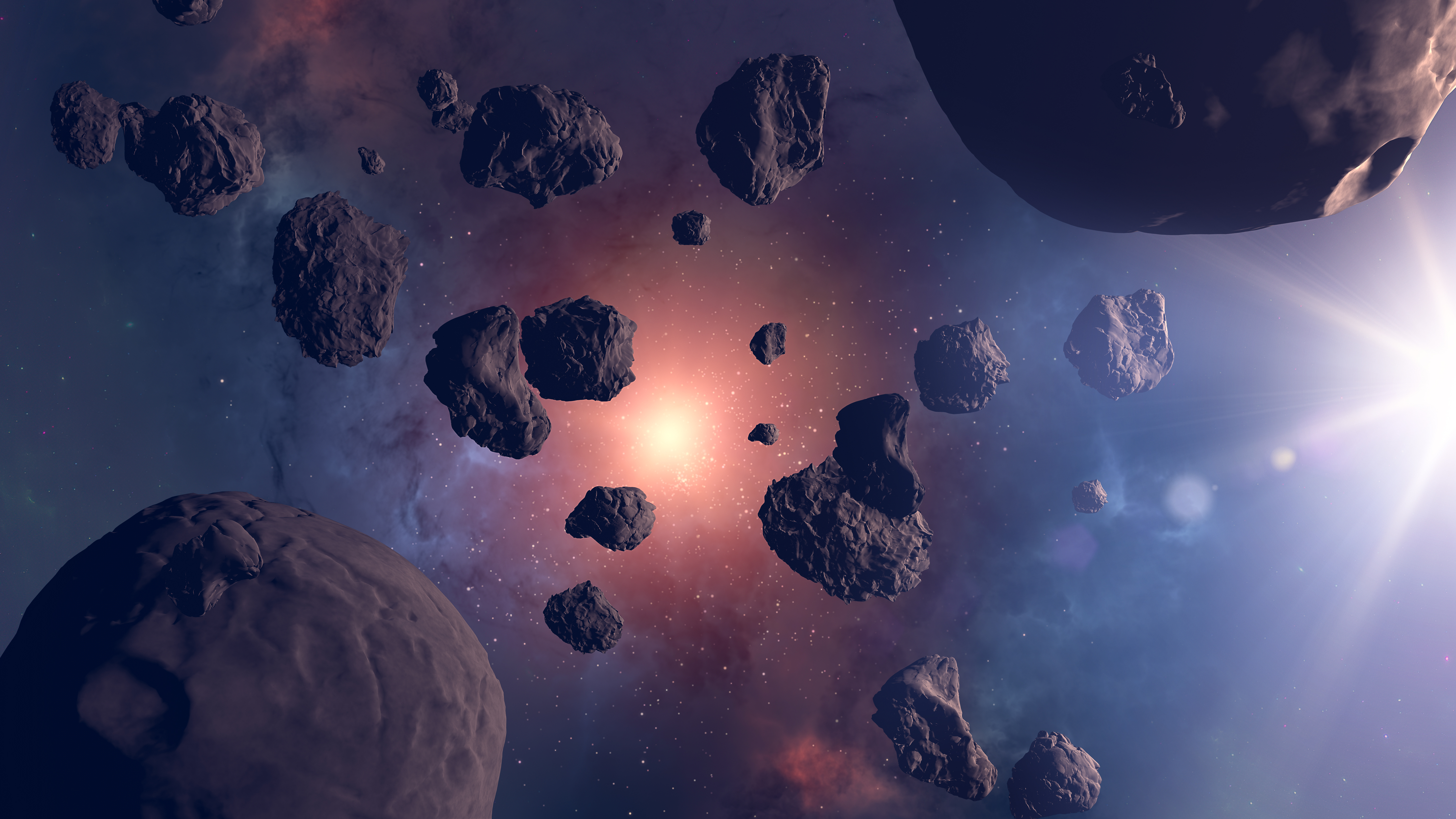
Earth may have debris from alien star systems trapped in its orbit, new research suggests
By Robert Lea published
A new study questions if our planet could capture rocky and icy visitors from outside the solar system — and how scientists could spot them.
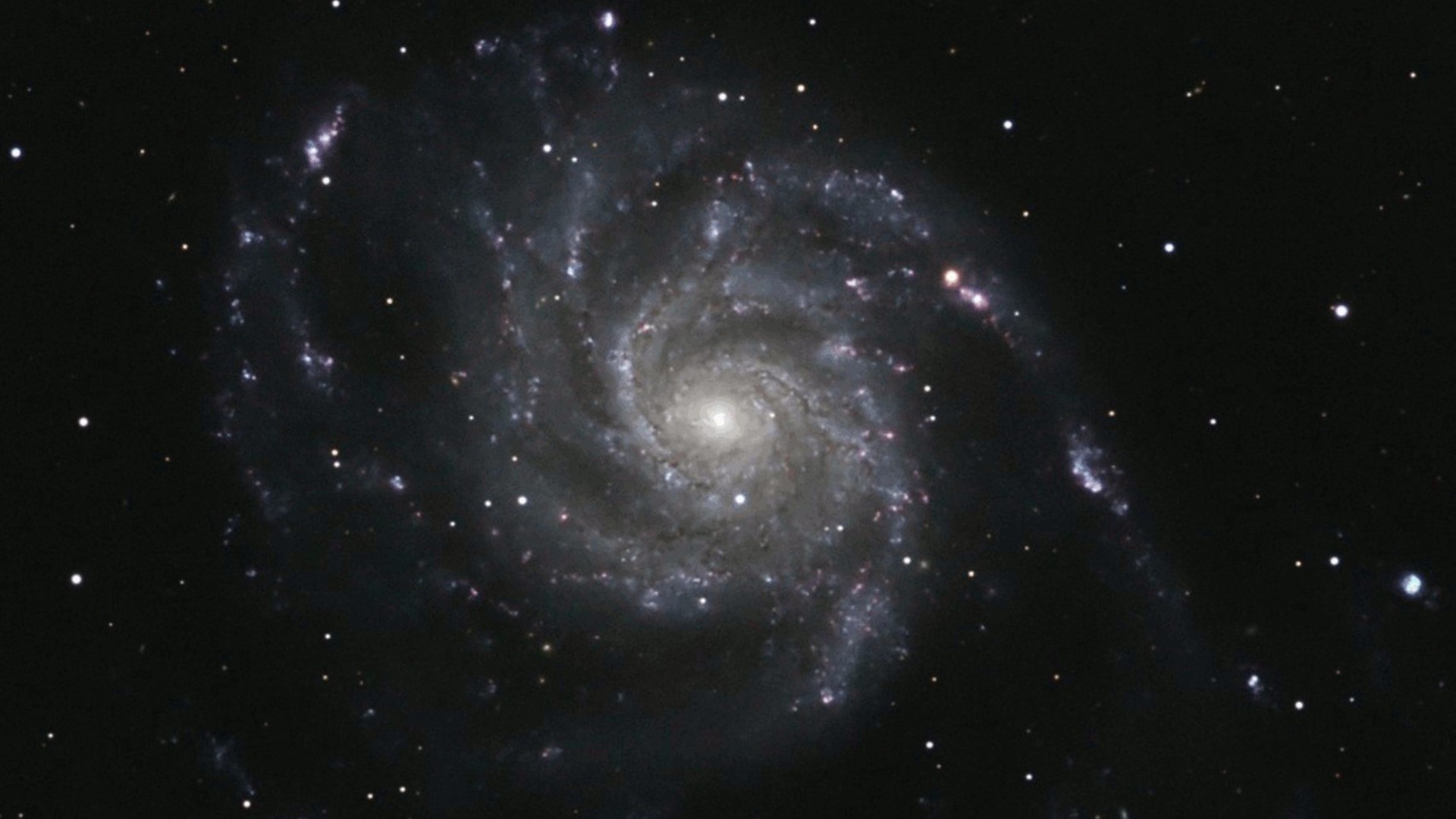
Watch the biggest supernova in 10 years explode tonight on this free telescope livestream
By Robert Lea published
A newly discovered supernova can be watched as it develops in real-time online and for free. The livestream will begin at 6:30 p.m. EDT (2230 GMT) on Friday, May 26.
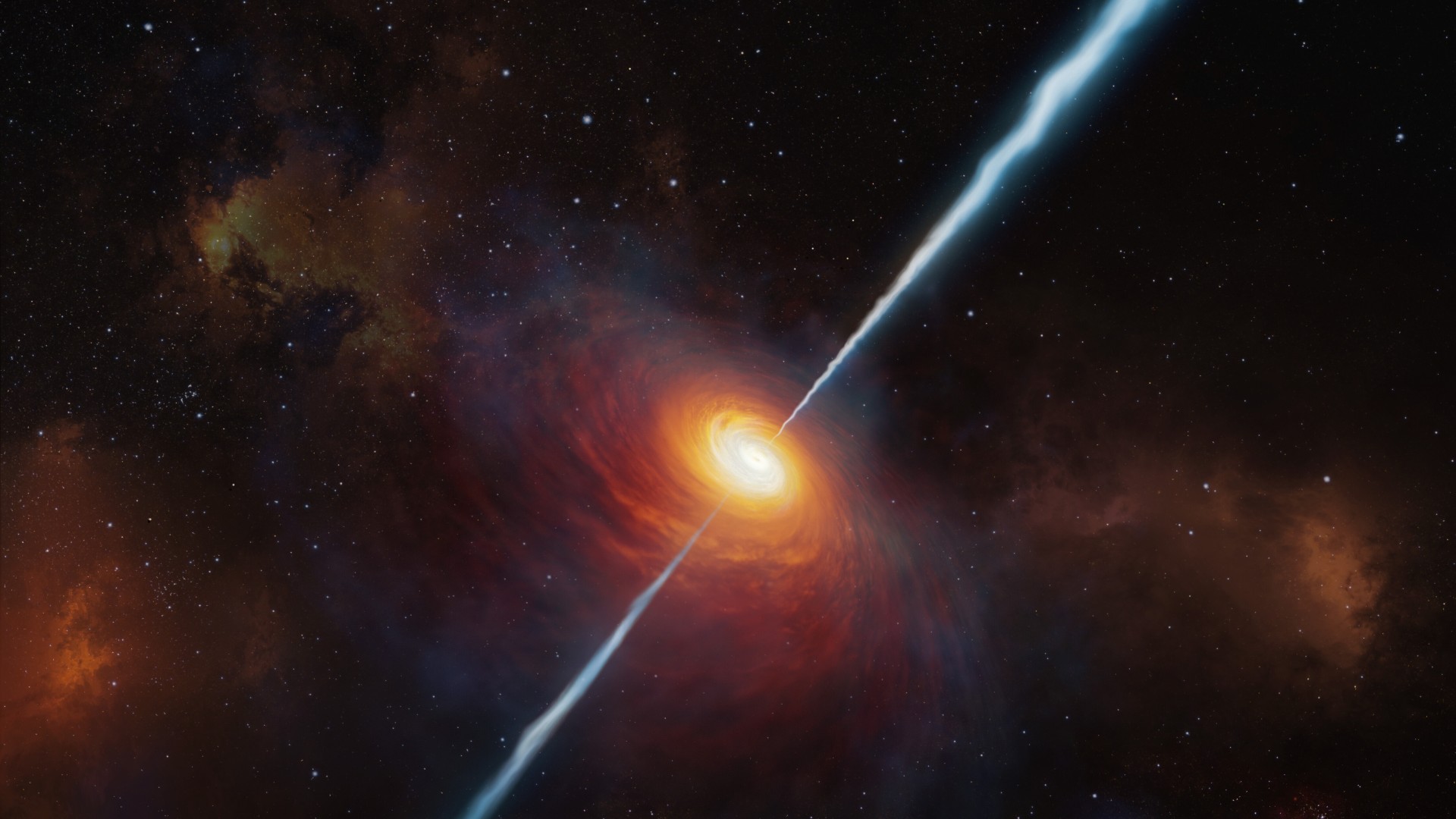
The most powerful black holes in the universe may finally have an explanation
By Robert Lea published
Quasars, the most extreme phenomena in the universe, are triggered when galactic collisions deliver gas to feeding black holes, new research suggests.

Scientists discover 1st 'neutron-rich' isotope of uranium since 1979
By Robert Lea published
Scientists have synthesized a previously unknown isotope of uranium, uranium-241, that may start to disappear after just 40 minutes.
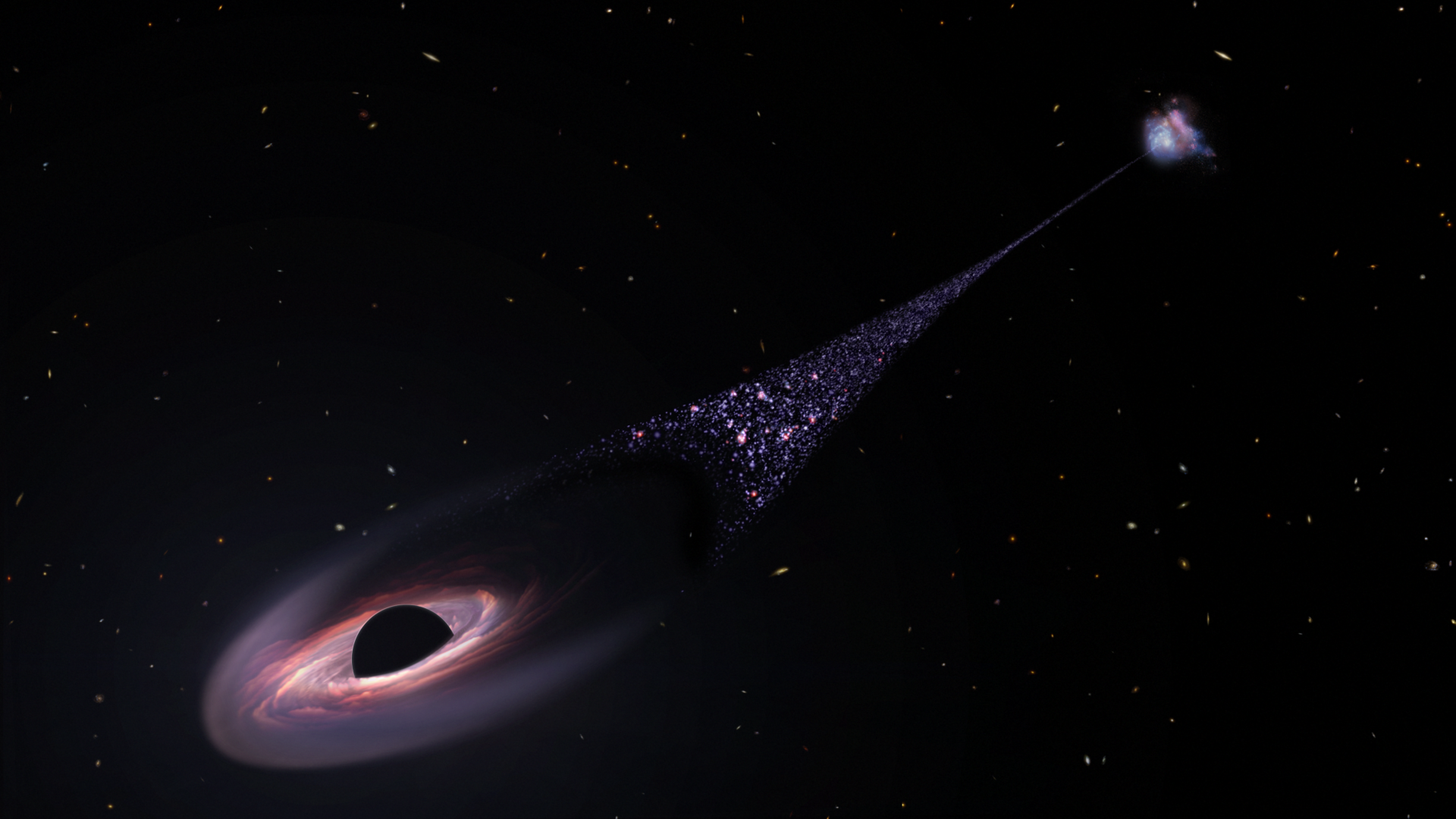
'Runaway' black hole the size of 20 million suns caught speeding through space with a trail of newborn stars behind it
By Robert Lea last updated
Astronomers have discovered a "runaway" black hole, potentially the first observational evidence that supermassive black holes can be ejected from their host galaxies.
Sign up for the Live Science daily newsletter now
Get the world’s most fascinating discoveries delivered straight to your inbox.
